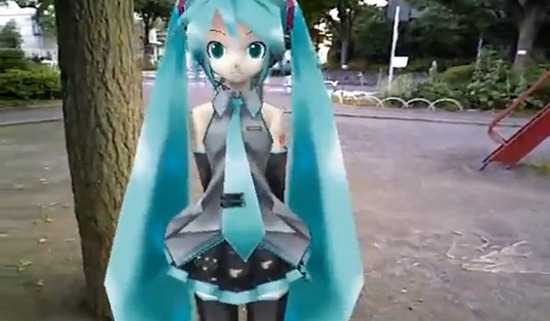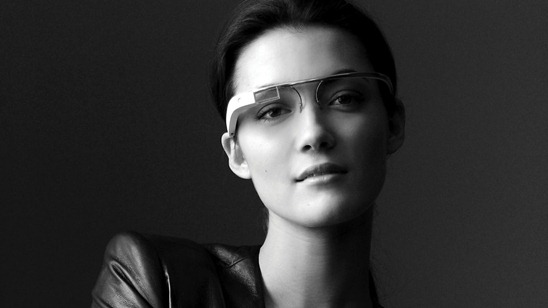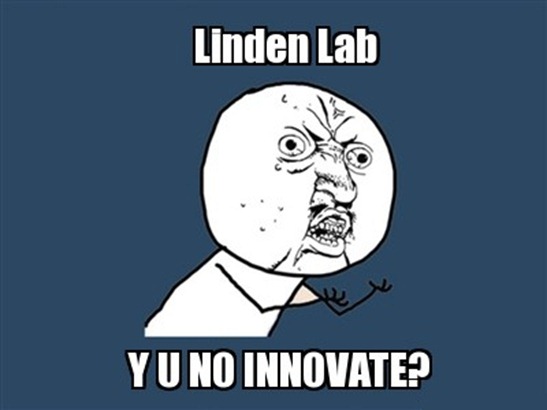Hybrid Reality & The Future of Interaction
There was an excellent book that I read years ago by Dr. Ray Kurzweil, I believe the name was The Age of Spiritual Machines. In the book, it walked through the progression of humanity in a digital singularity but more importantly it showed the reader how those changes would become ubiquitous so as the participants would not necessarily notice those inherent (yet drastic) changes over time.
As the book continued (I believe following a woman named Molly), you could see the changes taking place in this ubiquitous digital culture, but to her it seemed common and really not that big of a deal. Toward the end, we begin to see the concept of what would be not just a virtual reality or simply augmented reality, but a newly defined space as Hybrid Reality.
Hybrid Reality is the combination of Augmented Reality and Reality in a novel manner. While we focus today on the future of Augmented Reality and there is an entire industry of startups trying to carve a niche in this realm, I believe Augmented Reality as it stands is not the future in and of itself. The issue is that Augmented Reality on its own is usually set for information overlays in the real world, or in a limited manner 3D objects. Hybrid Reality, on the other hand, releases the constraint of the markers and even the limited spatial area, instead essentially using real world spatial coordinates as our “grid” and then having constraint-free virtual reality interacting with the real world environment in a hybrid space.
In this context, we’re not just dropping a model onto a tabletop, but allowing that model to exist within the real world hybrid view as if the real world were the virtual space in totality. So, hybrid reality objects are aware of the real world – such as spatial dimensions of your view and depth of real world objects in respect to the virtual items. When we talk about hybrid reality, we’re talking about essentially a merger between the virtual and real world view in a near seamless manner.
If we have a purely virtual item (or avatar), walking around in hybrid reality, then real world trees and other items would occlude the virtual items in your view appropriately. The limitation would no longer be something along the lines of “You have to be able to see this AR Marker” or “This picture is the trigger”, but instead it would be a Geolocation based system where your position in the real world will decide what is seen, in combination with your actual view.
Hybrid Reality, therefore is a step beyond our idea of Augmented Reality, and maybe we could refer to this as AR+ in that it is augmented reality which is geo-position and real world aware. Then, there is the virtual reality aspect of a hybrid reality, where the virtual items are also available natively from the virtual world context (and likely even created there as the toolset). So we end up utilizing the pre-existing virtual world toolset (open sandbox model) to import our items and build, but then those items are then natively available in the real world hybrid view as if the transition was natural.
A good example of this would be something like Meeroos in Second Life, where the virtual pet is available in the virtual environment by default, but in a Hybrid Reality view, you could also play with them in your real life living room or in the back yard.
While Augmented Reality is our basis for Hybrid Reality, it is highly extended for a much broader usage in this case. We’re no longer simply driving cars around tabletops or using a webcam to project an Optimus Prime mask onto us. While it is actually quite useful to have AR information tagged to the real world like we do right now, I believe fully that such will just be the underlying foundation… or a supplemental focus in AR ultimately. What we really want out of all of this is to merge our realities in a believable manner and not just act in an informational manner.
A hybrid reality, or AR+ in this case would be the equivalent of having the Second Life toolset available to you in Real Life. Essentially we’re talking about making the entire real world an open sandbox environment.
Of course, we’d have an endless amount of information and environments overlaid at that point, so we need a filter of sorts in order that a participant does not become inundated. Therein is the interesting part about hybrid reality, in that in this context we’re essentially talking about the ability to shift digital dimensions in the real world to accommodate a preferred view of reality itself.
Project Glass & Ingress by Google
There is, of course, lots of hype around Project Glass by Google. As of late, there is also a huge amount of talk around their latest Augmented Reality game called Ingress as well. Now, the Niantic Project (or Ingress) is an Augmented Reality Game or ARG for short. It uses real world geolocation with a mobile application and device to track “portals” for you to “hack”. The videos themselves are very interesting for the promotional factor but sadly Ingress isn’t as impressive as the promotional videos show. Thus we have a difference between the hype and the actual reality of the game being hyped.
Hype:
Reality:
The difference between Augmented Reality and Hybrid Reality is the same difference between the above two videos. In a Hybrid Reality system, your view of a game like Ingress would actually be what you see in the first video, and in Augmented Reality the game is like the second video.
Now, that isn’t to say that Ingress isn’t innovative or compelling. It’s actually quite brilliant for what it is, and I’m sure it’ll be just as fun to continue playing over the life of the game. It still incorporates the real world into a game in a manner that is compelling and fun, and for that Google and Niantic get brownie points for getting that ball rolling a little further.
While I don’t think Google Glass is in itself powerful enough for a full hybrid reality scenario, it does happen to bring Augmented Reality to the forefront of the conversation in conjunction with Ingress, and I believe that Google Glass will be powerful enough as a basic AR system (information based). For many, that’s just fine and it will serve a really useful function.
For me, however, I’m more interested in further innovation than just AR or a typical ARG. Where my field of interest lies these days happens to be squarely in the Hybrid Reality side of this industry – which is (not surprisingly) about as quiet as the dead of space. Of course, that doesn’t mean I somehow have a lack of interest in the virtual worlds side of things (like Second Life) because Hybrid Reality is rooted firmly in Synthetic Environment spaces as a whole and requires a symbiotic nature with virtual world spaces by default.
I believe it’s time to explore synthetic environments beyond the device and push our understanding into uncharted territories and even wholly new experiences.
And then there’s Linden Lab…
By contrast, Linden Lab, a company with ten years of assets, a virtual world sandbox platform complete with a toolbox for creation, and a pre-existing community and content marketplace – literally every advantage conceivable in the progression of Augmented and Hybrid Reality spaces, instead just blew their sweat equity on handing you what amounts to a box of crayons and a rehashed version of Minecraft.















